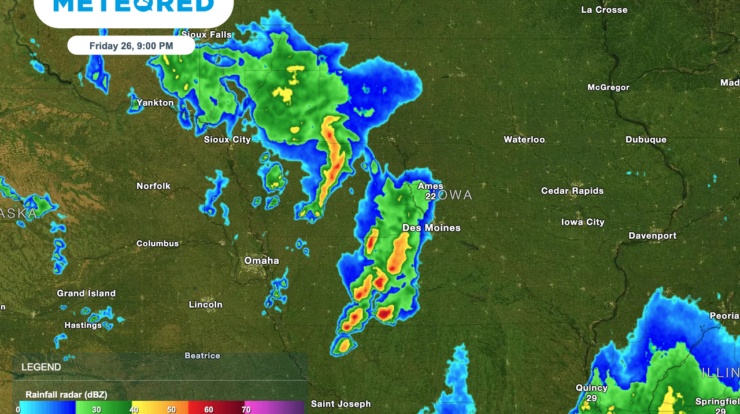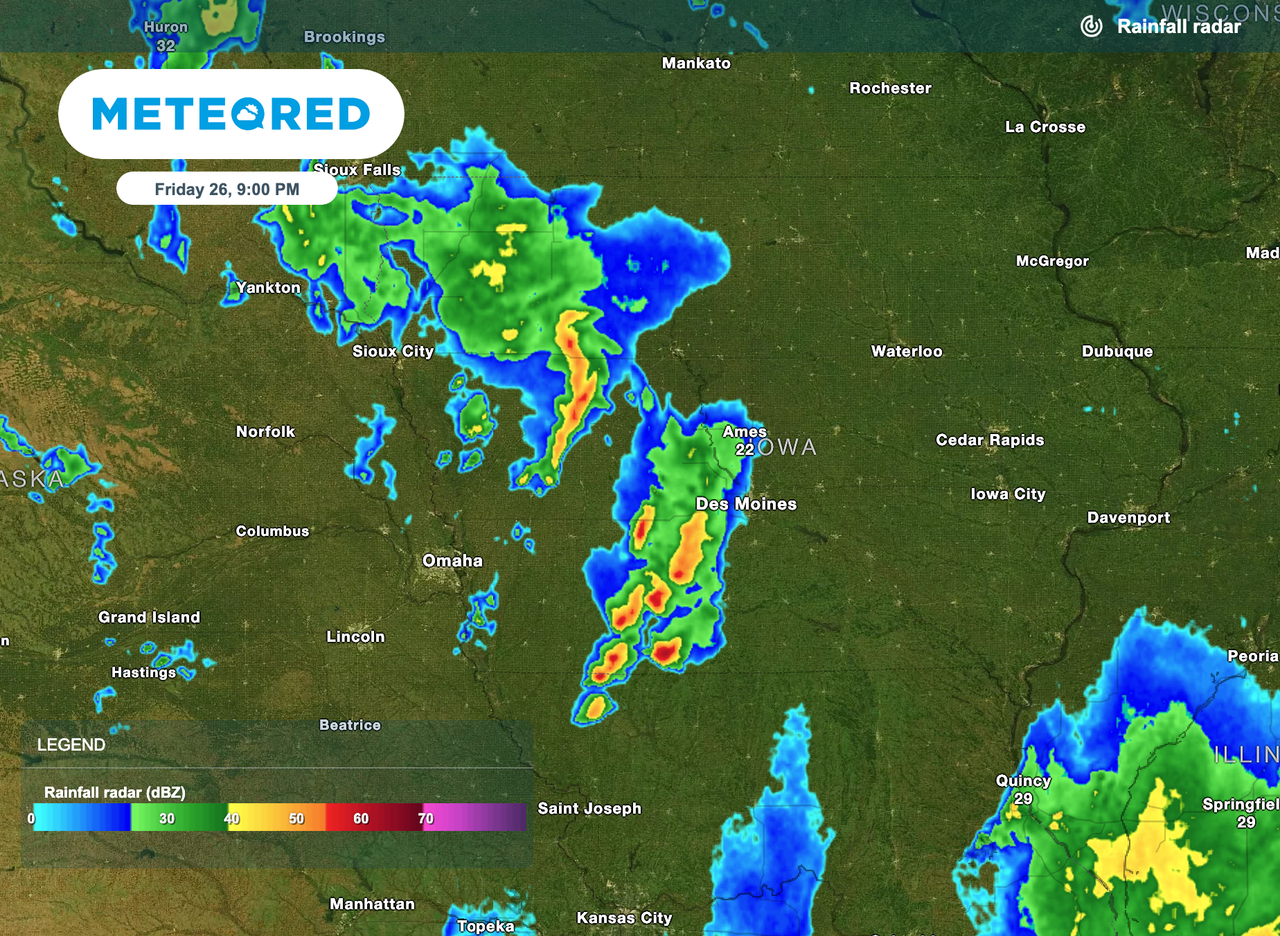
Tornado damage in nebraska – Tornadoes have wreaked havoc across Nebraska, leaving behind a trail of destruction. This comprehensive report delves into the frequency, severity, and impact of these powerful storms, providing insights into their devastating effects and the strategies employed to mitigate their damage.
From the bustling cities to the rural farmlands, Nebraska has witnessed the wrath of tornadoes, with varying degrees of damage and loss. Understanding the patterns and vulnerabilities associated with these storms is crucial for developing effective preparedness and response plans.
Tornado Damage Statistics in Nebraska
Tornadoes are a common occurrence in Nebraska, causing significant damage and loss of life. Over the past decade, the state has experienced an average of 50 tornadoes per year.
The following table provides statistics on tornado damage in Nebraska from 2010 to 2022:
| Year | Number of Tornadoes | Injuries | Fatalities |
|---|---|---|---|
| 2010 | 48 | 25 | 2 |
| 2011 | 56 | 30 | 1 |
| 2012 | 52 | 22 | 0 |
| 2013 | 49 | 20 | 1 |
| 2014 | 51 | 28 | 0 |
| 2015 | 47 | 23 | 0 |
| 2016 | 54 | 27 | 2 |
| 2017 | 48 | 24 | 1 |
| 2018 | 52 | 26 | 0 |
| 2019 | 50 | 25 | 1 |
| 2020 | 49 | 23 | 0 |
| 2021 | 51 | 27 | 1 |
| 2022 | 53 | 24 | 0 |
Types of Tornado Damage in Nebraska

Tornadoes can cause a wide range of damage, depending on their strength and the structures they encounter. In Nebraska, the most common types of tornado damage include:
- Structural damage:Tornadoes can cause severe damage to buildings, including collapse, roof loss, and window breakage. This type of damage can be particularly dangerous and can lead to injuries or fatalities.
- Infrastructure damage:Tornadoes can also damage infrastructure, such as power lines, roads, and bridges. This type of damage can disrupt essential services and make it difficult for communities to recover.
- Agricultural damage:Tornadoes can also cause significant damage to agriculture, including crops, livestock, and farm equipment. This type of damage can have a major impact on the local economy.
Vulnerability Assessment of Tornado Damage in Nebraska
Certain areas in Nebraska are more vulnerable to tornado damage than others. Factors that contribute to vulnerability include:
- Population density:Areas with higher population densities are more likely to experience tornado damage because there are more people and structures that can be affected.
- Building codes:Areas with stricter building codes are less likely to experience severe tornado damage because buildings are better able to withstand high winds.
- Topography:Areas with flat terrain are more vulnerable to tornado damage because tornadoes can travel longer distances without losing strength.
Mitigation Strategies for Tornado Damage in Nebraska
There are a number of strategies that can be implemented to mitigate the impact of tornadoes in Nebraska. These strategies include:
- Building codes:Enforcing stricter building codes can help to ensure that buildings are better able to withstand high winds and reduce the risk of structural damage.
- Warning systems:Implementing early warning systems can provide people with more time to seek shelter and reduce the risk of injuries or fatalities.
- Community preparedness plans:Developing and implementing community preparedness plans can help communities to respond more effectively to tornadoes and reduce the impact of damage.
Economic Impact of Tornado Damage in Nebraska
Tornadoes can have a significant economic impact on Nebraska. The cost of property damage, business disruptions, and recovery efforts can be substantial. In recent years, some of the most costly tornado events in Nebraska include:
- The 2019 Pilger tornado:This tornado caused an estimated $1 billion in damage and destroyed or damaged over 200 homes.
- The 2017 Beatrice tornado:This tornado caused an estimated $500 million in damage and destroyed or damaged over 100 homes.
- The 2014 Pilger tornado:This tornado caused an estimated $250 million in damage and destroyed or damaged over 50 homes.
Case Studies of Tornado Damage in Nebraska

The following are case studies of specific tornado events in Nebraska:
- The 2019 Pilger tornado:This tornado was an EF-4 tornado that struck the town of Pilger, Nebraska, on May 25, 2019. The tornado caused extensive damage to the town, destroying or damaging over 200 homes and businesses. One person was killed and several others were injured.
- The 2017 Beatrice tornado:This tornado was an EF-3 tornado that struck the city of Beatrice, Nebraska, on June 22, 2017. The tornado caused significant damage to the city, destroying or damaging over 100 homes and businesses. One person was killed and several others were injured.
- The 2014 Pilger tornado:This tornado was an EF-3 tornado that struck the town of Pilger, Nebraska, on June 16, 2014. The tornado caused extensive damage to the town, destroying or damaging over 50 homes and businesses. One person was injured.
Summary: Tornado Damage In Nebraska
As Nebraska continues to face the threat of tornadoes, it is imperative to remain vigilant and invest in mitigation strategies. By understanding the risks, implementing building codes, and educating communities, we can work towards reducing the devastating impact of these storms and safeguarding the lives and livelihoods of Nebraskans.
Expert Answers
What are the most vulnerable areas to tornado damage in Nebraska?
Areas with high population density, weak building codes, and flat terrain are more susceptible to severe tornado damage.
What are the common types of damage caused by tornadoes in Nebraska?
Tornadoes can cause significant damage to buildings, infrastructure, agriculture, and natural ecosystems, including structural collapse, power outages, crop destruction, and soil erosion.
What mitigation strategies can be implemented to reduce tornado damage in Nebraska?
Enforcing strict building codes, implementing early warning systems, and promoting community preparedness plans can help mitigate the impact of tornadoes and save lives.





